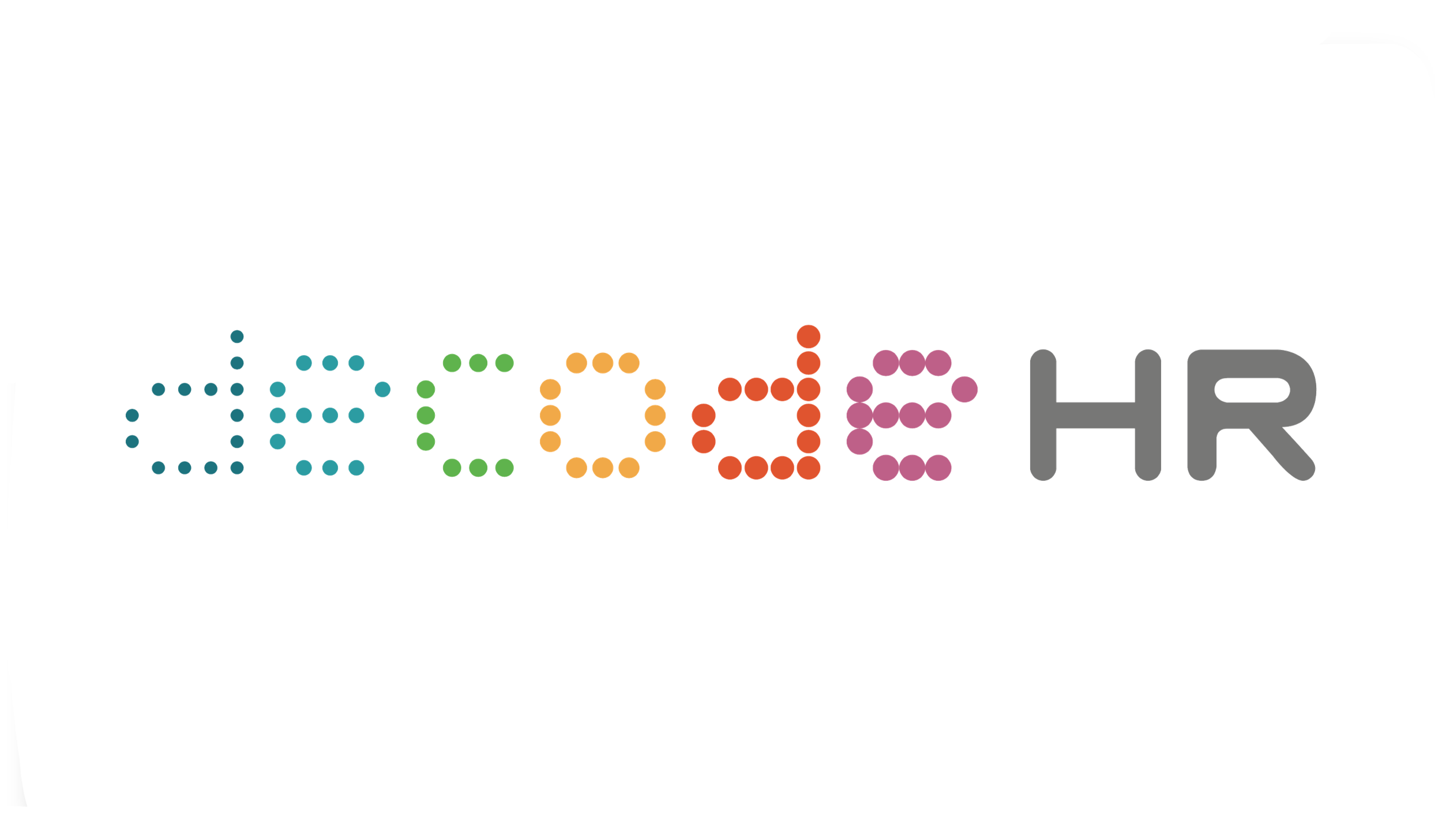Employee Radar: Measuring Success Beyond Performance Management
Reading time: 4 minutes
Studies have shown time and again, that effective Performance Management of your most valuable organisational resource, your employees, is key to an organisation’s success. Simply having your managers rate each employee based on their successes and failures is a one-dimensional measuring stick and it is often intuitively missing out critical factors. Managers usually know who their key resources are, regardless of whether they met their goals in a particular period.
'Employee Radar', as we have termed it, helps managers and organisations combine their intuition with measurable data to view their staff holistically, thus minimising the “popularity contest” that can lead to skewed results. With the ability to mine information regarding employee engagement and contributions, organisations can use data to aid managers with pay recommendations, retention priorities, promotions and identification of future leaders.
LaserBeam Software, a leader in Compensation and Performance Management, utilises Employee Radar. It creates eye-opening numerical measurements through the analysis of employee attribute data in combination with the manager’s direct observations. There are many attributes to how an employee adds value to an organisation, and the list below is not exhaustive. What is significant to an organisation can be defined by your priorities, culture, and organisational goals.
Employee Attributes, as presented below, can be captured, measured against peers and provide a more comprehensive, holistic view of the employee’s value to an organisation.
1. Contribution
Managers know who their star performers are and will skew performance scores in their favour, often to the exclusion of other factors. The results can be surprising when you ask managers to measure who on their teams are consistently making valuable contributions. In the military, ratings are supplemented by a forced ranking system of “Top Blockers”. That is, in a pyramid of my team, only one of my direct reports can stand out at the very top, only two or three high performers below that, with all my “doing their job” performers at the bottom. The insight into defining who is at the very top, near to the top and in the middle of the pack can often be enlightening.
2. Key Resource
A Key Resource can be a “Top Blocker”, as well as someone who is key to the organisations’ success because of what they know. Loss of a key resource will be painful, regardless of other factors, and will be critical to retention priorities, project assignments and promotions.
3. Market Demand
Otherwise identified as a “flight risks”, these employees are in jobs or have skills that are in high demand that make them critical to the team and worthy of special attention.
4. 360 Feedback
Team players usually do well in this category and strengths/weaknesses, that are often overlooked by their direct manager, can be identified. Do note that it is only one dimension of an employee.
5. Compa-ratio
Directly related to how the employee’s pay compares to others in the same or similar Job Position/Grade. It is an impartial evaluation of fair and equitable pay.
6. Performance Rating
Employee ratings remain the single most critical factor. The tendency for managers to give 5-star ratings to their favorite employees or to too many staff is an imperfect measuring stick.
7. Influencer/Mentor
A successful organisation has people who not only deliver on their core job, but also exhibit thought leadership and mentorship in training peers, and evangelising organisations’ values and principles.
8. Skill & Potential
This data can be collected from a traditional competency management or 9-box grids which measure employees for combinations of education, critical skills and potential for future assignments.
9. Years of Service (or Years in Job)
Seniority can be a double-edged sword, but experience should never be discounted. Conversely, senior employees who perform poorly in other areas (such as mentorship) can be a hinder to their teams.
The following examples provide an overview of how the mentioned employee attributes and Employee Radar are put into use.
Jack and Jill are two employees on the same team. At a glance, the manager can interpret this data with ease (1 (low) to 5 (high)).
While there are similar scores in most areas, the manager can now focus on the differences:
Jill scores slightly better in the Contribution and 360 feedback measurements, while Jack has a slighter higher Performance score and emerges as a key resource.
Since Jill has a Compa-Ratio (CR) above 1, she is higher paid than Jack as compared to her peers.
This example provides both HR and senior leaders to have an overview of the team’s averages and identify strengths and areas of improvement across multiple teams. Additionally, managers can now make informed decision on pay increments, incentives or creating additional training opportunities on his team’s future needs.
Keen to know on how to measure success beyond performance management? Join us at our upcoming webinar co-organised with LaserBeam Software where our valued speakers share about topics like 'Compensation and Benefits', 'Employee Engagement' and more!
[Article migrated from dcHR.tech]






